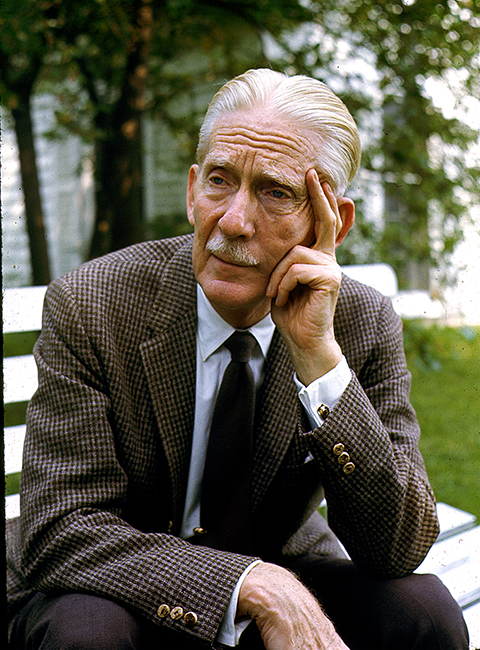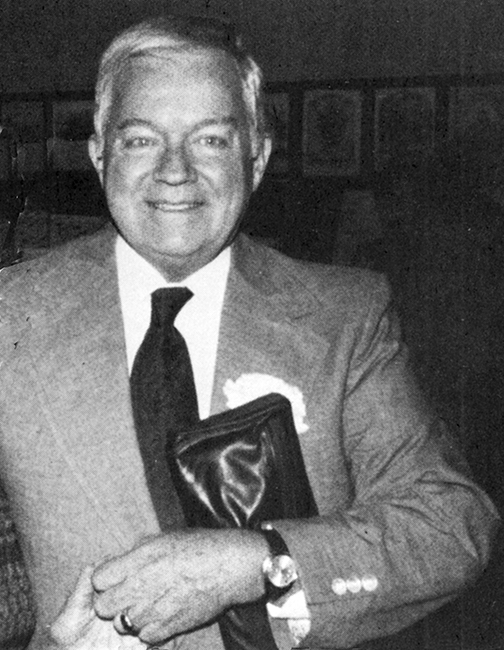
John Martin
Until 1927, when JOHN MARTIN was hired as the first dance critic for the New York Times, dance was reviewed primarily by music critics. In his new role, Martin became an important observer of new directions in modern dance, with the rise of Martha Graham, Doris Humphrey, Charles Weidman, and Hanya Holm. His first book, Modern Dance, was published in 1933 and the following year he and “the Big Four” all taught at the new Bennington Summer School of the Dance. Sybil Shearer, just out of college and a devoted reader of his book, first met him there. She later came to regard him, and Helen Morrison, as her “artistic parents.”
Sybil shared a lifelong friendship with Martin, whom she first met at Bennington. After his death she wrote in Ballet Review, “I have always been grateful to John for recognizing me as an unusual talent, not a follower. I could so easily have been crushed by a less imaginative critic. So we remained friends through the years, and right through his ninety-first year our phone conversations, full of wit and humor and creativity of thought, were a delight to me, and I hope to him.” And, “John Martin was my barometer, because he was my ‘ideal audience.’ He was always there, approving or disapproving. He saw all my solo work. Through him I felt myself to be part of the dance community, because he saw everyone else too.”

Walter Terry
Martin’s voice was joined by others who reviewed Sybil’s dances, including LOUIS HORST of Dance Observer; CLAUDIA CASSIDY of the Chicago Tribune; and ANN BARZEL of the Chicago American. But besides John Martin, the most notable was WALTER TERRY of the New York Herald-Tribune and Saturday Review. Sybil wrote that when critic FRANCES HERRIDGE said of her, “It is as though she has retreated from the world’s troubles and found peace alone in the sheer joy of moving,” the idea was unpopular with some, but Terry agreed. “He was idealistic enough to feel that the ‘answer’ might be revealed. He lived in the country and had hope for the unknown. Almost everyone else had the dance world divided into the ‘modern dance,’ where the struggle of life was tackled… and the ‘ballet’ which was to be enjoyed as a theatrical spectacle.”
Like Martin, Terry visited Sybil in Northbrook. In 1979 he called her “one of the world’s foremost modern dancers,” stating that “her technical skill, creative independence, and unpredictable innovations have made her what is known as ‘a dancer’s dancer.’” This assessment was confirmed in 2015 by noted dance historian, DAVID VAUGHAN, when video-interviewed by MSF in New York.
All of these reviewers are included in Sybil’s autobiography, Without Wings the Way Is Steep, volumes I and II.